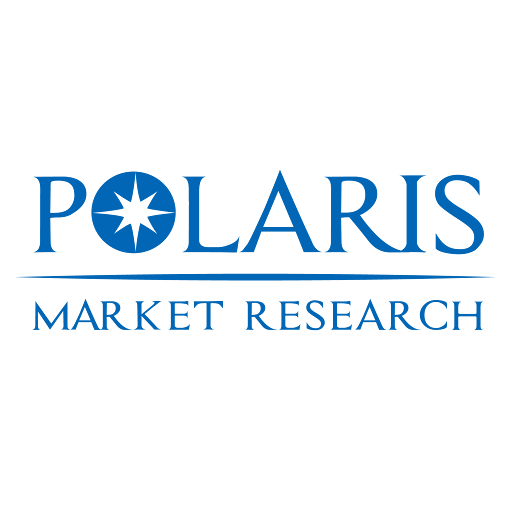In 2024, the global anti-counterfeit packaging market was valued at USD 178.65 billion and is projected to grow at a CAGR of 11.8 % over the forecast period. This high growth environment is powered not just by macro tailwinds, but by deep structural segmentation shifts—across technology types (e.g. RFID, holograms, security inks, forensic markers, track & trace serialization), application verticals (pharmaceutical, food & beverage, consumer electronics, luxury goods), and material forms (substrate, labels, coatings). Understanding product differentiation, application-specific growth, value chain optimization, and segment-wise performance is crucial for anticipating who captures value in coming years.
On the technology side, track & trace (serialization, barcode/RFID) continues to dominate as a backbone in regulated segments, especially pharmaceuticals and food & beverage, given regulatory mandates globally. According to Mordor Intelligence, trace & track solutions captured ~32.43 % share of the anti-counterfeit packaging market in 2024. Meanwhile, forensic markers (chemical taggants, DNA tracers, spectral ink) are forecasted to grow faster over time because rivals find them harder to replicate and because they support product differentiation in premium categories. Hologram and tamper-evident features remain essential in luxury goods and alcohol packaging. Security inks and special coatings further contribute in covert/overt dual-mode strategies. This multi-technology stacking is a trend. In material segmentation, foil, substrate labels, overt/covert overlays, additive coatings, and embedded chips are evolving — manufacturers are optimizing value chain placement of security elements to reduce cost while preserving protection.
Across application segments, pharmaceuticals and life sciences persist as the largest end-use vertical owing to strict serialization and anti-counterfeit regulation globally. Food & beverage and consumer goods are gaining fast, especially in markets coping with fake consumables, adulteration, and brand safety. Electronics and luxury goods drive growth via high value per unit and reputational risk. In luxury & cosmetics categories, overt holograms and embedded digital watermarking are increasingly combined with digital verification touchpoints (QR/NFC). Segment-wise performance is diverging: telecom/electronics and pharma sectors exhibit highest margin tolerance, while FMCG and packaged food remain more cost-sensitive, requiring lightweight, low-cost tagging solutions.
Drivers of segmentation include the need for product differentiation (brands want bespoke authentication features), demand for integrated multi-layer security (stacking RFID + taggants + hologram), and the pressure to optimize value chain costs (embedding security earlier in packaging manufacture). Another driver is regulatory alignment that forces certain application sectors (pharma, food, cosmetics) to serialize or authenticate, boosting uptake in those verticals. Restraints stem from cost sensitivity in volume industries, the complexity of managing interoperability among multiple security technologies, and the challenge of keeping updating anti-counterfeiting tech ahead of counterfeiters. Particularly for forensic markers or novel taggants, regulatory validation or acceptance can be a bottleneck, limiting wholesale adoption in cost-constrained verticals.
Read More @ https://www.polarismarketresearch.com/industry-analysis/anti-counterfeit-packaging-market
Opportunities arise in modular security kits (e.g., plug-in hologram + QR + forensic marker) that allow brands to scale authentication per SKU. Another opportunity is offering-as-a-service: subscription models for verification software, dashboard analytics, and cloud traceability with lower upfront investment for clients in consumer goods verticals. Further opportunities lie in high-growth verticals such as e-commerce logistics, cold-chain pharmaceuticals, high-value electronics, and biometric device packaging, where traceability is critical. Trends include more bundling of security modules with cloud platforms, the rise of interoperable security standards (e.g. GS1, EPCIS), and deployment of AI/image forensics in authentication. Vendors optimizing segment-wise performance—especially offering differentiated solutions per vertical and material—will gain advantage. Also, vendors that manage value chain optimization—locating security printing capabilities close to packaging converters, reducing logistics of heavy security substrate, and securing upstream raw security material supply—will capture incremental margin.
In sum, the segments of the anti-counterfeit packaging market are evolving fast: technology mix, vertical demand, and material architecture matter at least as much as region. Companies that balance core track & trace strength with growth in premium and forensic layers, optimize their security value chain, and offer differentiated portfolios per vertical are best positioned. In that context, the competitive landscape remains dominated by a few with cross-technology reach and vertical depth. The leading market holders include:
• Avery Dennison Corporation
• 3M Company
• CCL Industries
• Zebra Technologies Corporation
• SML Group
• SICPA Holding SA
• DuPont
